
Home furnishings, toys, home electronics, and other consumer products may be responsible for the nonfatal pediatric traumatic brain injuries (TBIs) that send children aged 0 to 19 years to the emergency department, according to a recent study.
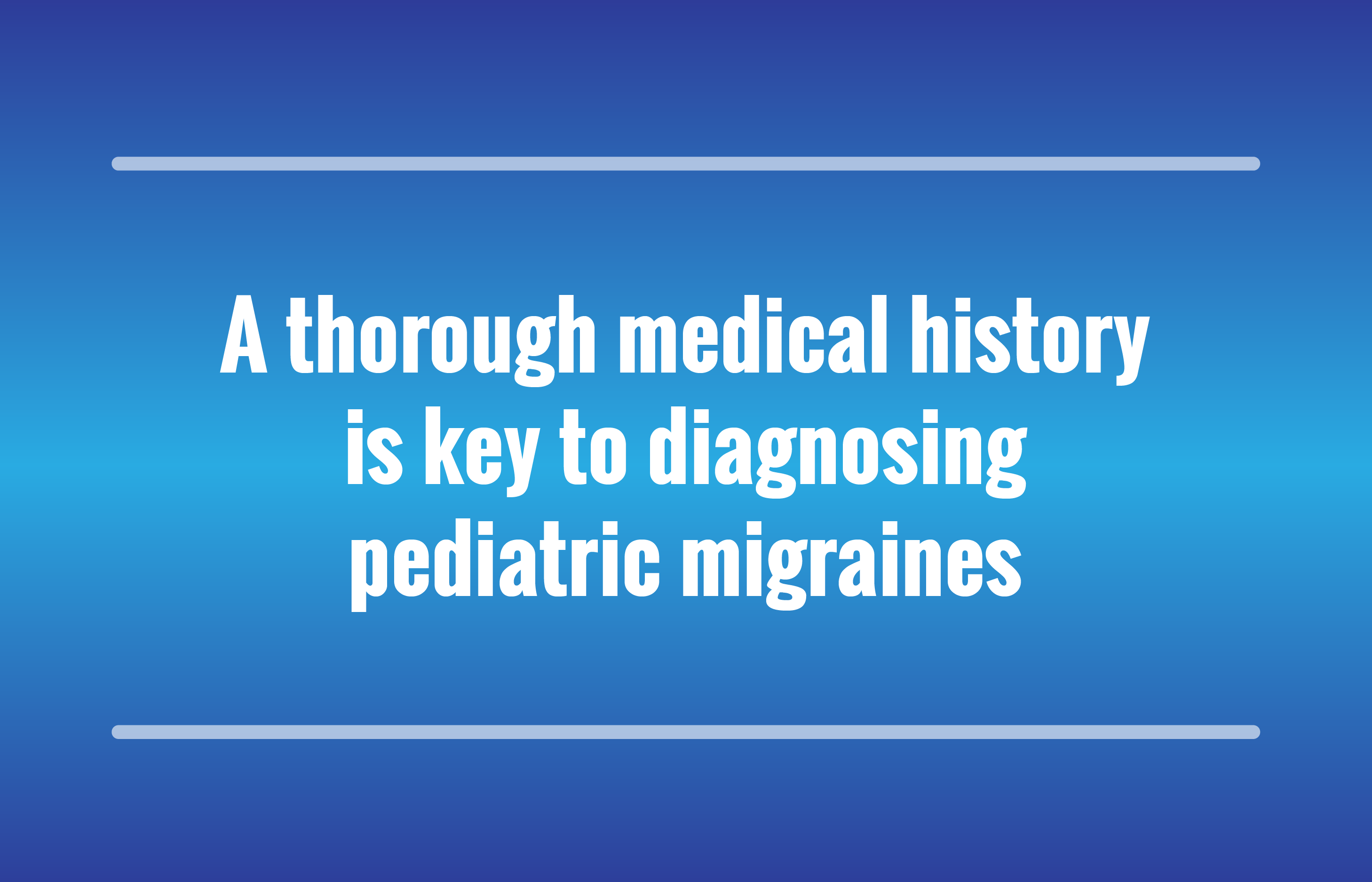

Home furnishings, toys, home electronics, and other consumer products may be responsible for the nonfatal pediatric traumatic brain injuries (TBIs) that send children aged 0 to 19 years to the emergency department, according to a recent study.
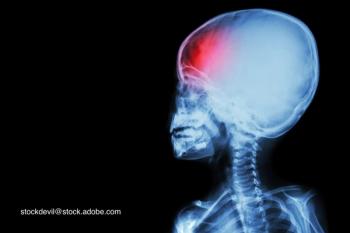
Boys and girls experience similar rates of migraine as they approach puberty, but new findings reveal that girls’ incidence of migraine spikes after early menarche.

A new study suggests that patients may develop a tolerance to cannabidiol (CBD) oil over time, resulting in a loss of efficacy for seizure control.

Pediatricians must be able to identify emergent neurologic problems when they present in the office or are suspected in children and proceed with appropriate workup and treatment.
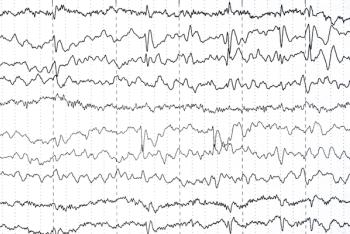
Not all children who have seizures are diagnosed with epilepsy, and a definitive diagnosis can be difficult to make. Now, researchers from the Netherlands have developed a Web-based tool to help clinicians predict the probability of future seizures based on early clinical data.

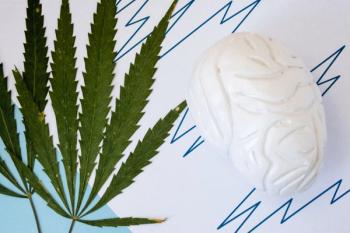
Scientific evidence supporting the efficacy and safety of adjuvant cannabidiol use for specific pediatric seizures is accumulating, but long-term effects of use are still unknown.
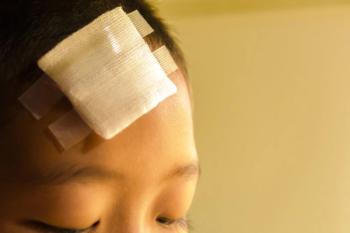
Concussions and other mild traumatic brain injuries are a fairly common issue in pediatric practice. For the first time, the CDC is offering evidence-based guidance to standardize diagnosis and management.

Drs. Bass and Valasek’s article in the August 2018 issue of Contemporary Pediatrics titled “Sports-related concussion: When it’s OK to return to play” provides a comprehensive review of sports-related concussions (SRC).

Pediatricians need to understand both pathophysiology and management of concussion to correctly address the question of return-to-play for athletes after a jolt to the head.

Physicians must understand current diagnostic criteria for pediatric migraine and its variants, and exercise their best clinical judgment regarding treatment.

For Contemporary Pediatrics, Dr Bobby Lazzara discusses a multicenter observational study published in JAMA Neurology that looked at time to treatment in children with refractory convulsive status epilepticus and the impact on mortality.
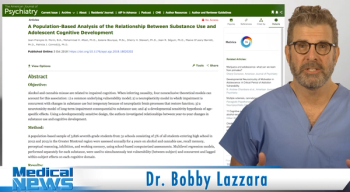
For Contemporary Pediatrics, Dr Bobby Lazzara discusses a population-based sample published in the American Journal of Psychiatry that followed 7th graders for 4 years and examined the effects of cannabis and alcohol on cognition.

A pediatrician with special training in neuromuscular disorders cautions that nothing replaces the traditional workup-a complete history and physical-for diagnosing neuromuscular complaints.

Stratifying tumors by their clinical characteristics and underlying biology will enable future targeting of specific therapies for glioma in children.

Phase III clinical trials of new antiepileptic medications show promise for reducing frequency of convulsive seizures in children.

New research looks at the role of maternal-placental-fetal interaction on cognitive function and disease.
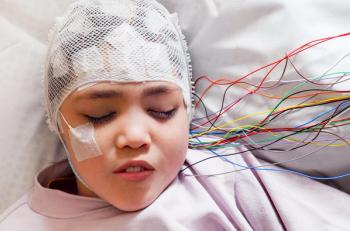
Pediatricians are the frontline providers for identifying neurologic problems in neonates and infants.

When is a spot not just a spot? Children can sprout a variety of discolorations, and it takes a trained eye to know when to investigate further.

It’s no secret that babies love to look at their parents’ faces and hear their voices, but pediatricians are now being challenged to help parents understand that what they say to their children in the first years of their life can have a lasting effect on their brain development and scholastic achievement.

Crying and agitation for no apparent reason in children with severe neurologic impairment is a common and frustrating problem for parents and providers alike. A methodical approach is helpful in dealing with this problem, yet sometimes the cause is not apparent, even after a thorough search. It is helpful to explain to parents and caretakers that the cause of the distress may take some time to figure out, and that diagnosis is often difficult. However, in most cases, a satisfactory treatment can be found.

The presentation described a number of neonatal neurology issues about which pediatricians commonly have questions and described an efficient and evidence-based approach to doing a neonatal neurology exam called the Dubowitz exam.

Every year, US children die of heat stroke after being trapped in vehicles. The people responsible for these preventable tragedies are typically loving, well-meaning parents-none of whom believe it could happen to them.

The current epidemic of football-related concussions and the association of repeated concussions with CTE is a serious problem that must be addressed and resolved.

Jamie Glater, MD, discusses an NIH-sponsored study investigating the effectiveness of an auditory brain stem implant in young children with congenital cochlear nerve agenesis.